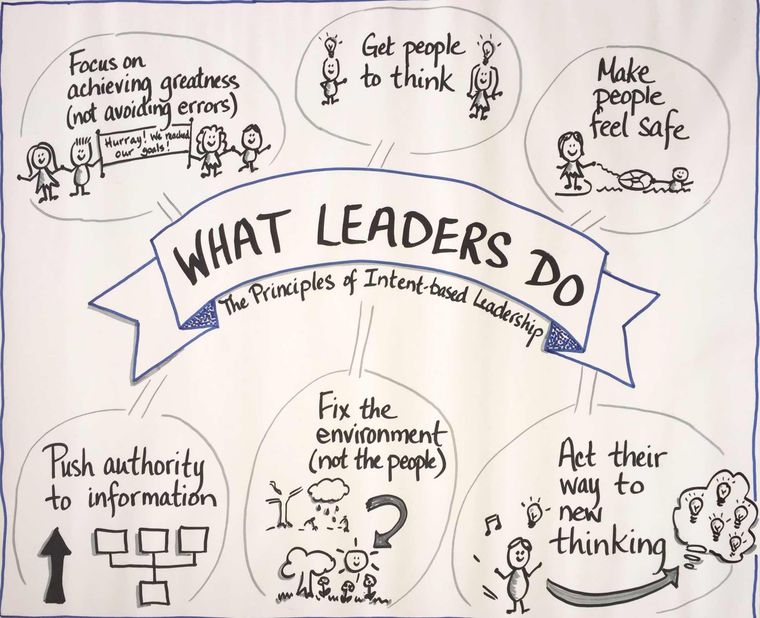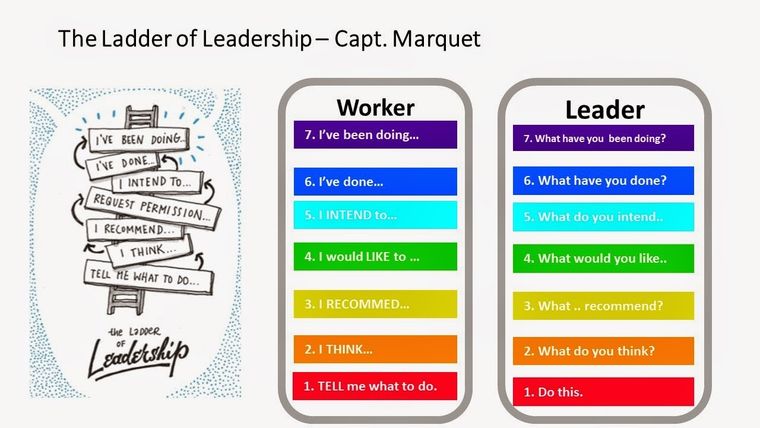Want to Build Better Product? Empower Your Team
Skedulo prides itself on designing and building an exceptional product for our customers. Meet Russell Adcock, Director of Engineering at Skedulo, as he discusses leadership and how it empowers product.
What does it take to get employees’ full engagement and best performance? Traditional understandings of business leadership tells us that a successful organization is led from the top by a wildly well-informed, decisive individual who will direct their followers to success. But does this approach engage and inspire employees to do their best work each day? Absolutely not.
High-performing, creative problem solvers do not want a leader who thinks they are omnipotent and gives direction on every matter. They want an opportunity to creatively solve difficult problems. So if you want to retain a team of creative problem solvers, then a top-down, one-way leadership style is not your path to success.
On the Product Development team here at Skedulo, we are practicing intent-based leadership, an approach designed to give talented employees the opportunity to do exceptional work. In this blog post, I will explain what intent-based leadership is and how you could apply it in your product development team.
Intent-based Leadership Motivates Talented Employees
Intent-based leadership is about designing an environment where your team is encouraged to contribute their ideas and feel valued. It helps managers create a safe environment built on trust where your team feels motivated and inspired to do great work. Intent-based leadership gives control and decision-making power to the people in your company who have ownership over the information that is most directly needed to meet goals. Giving up control can be scaryーit was for me initiallyーand can feel counterintuitive. When leadership has been largely defined as making decisions on other people’s behalf, it almost seems like a cop-out to delegating such important tasks. But if you want to be an effective leader, you need to delegate authority, not just actions.

Giving others the decision-making power they’d normally expect you to guard allows them to stretch their skills and practice adapting to new situations. If you’ve embraced intent-based leadership, you can delegate authority and still sleep well at night knowing your people are equipped to make sound decisions. Leaders cede control to create more leaders.
This all sounds wonderful in concept, but the challenge of course is applying this idea to your organization. Here are some of the approaches we’re implementing here at Skedulo.
Giving People More Control
The first step to implementing intent-based leadership is to simply change your language. For example, if one of my team members says, “Tell me what to do,” I resist the urge—and demand—to provide a solution. Rather, I ask the employee, “What do you think you should do?” This puts the ownership of the decision with the employee and forces them to use their judgment, in turn growing their own critical thinking skills.
The second step is to make it safe for your team to dissent. For example, in your regular team meetings, if you want honest answers and productive conversations, ask your team to express their ideas first, before you state your point of view. Put yourselves in the shoes of an employee who wants to build great product and be successful in their career. How likely are you to raise your hand and disagree with your boss after you just heard their opinion?
Don’t put your employees in a position where they have to disagree with you to offer their ideas. Be curious and ask questions about their ideas before giving your own thoughts.
When assigning tasks to your team, specify the goal, not the method!
The Ladder of Leadership
You can assess where each of your team members are in relation to the Ladder of Leadership (see below) and also assess where you’re at as a leader. Give it a try, and see if you can advance your team up the leadership ladder!

Certify, Don’t Brief
When decision-making authority is delegated, technical knowledge at all levels takes on a greater importance. Don’t just tell your team what to do, help them to learn what they need to do so they can make the correct decisions even if you’re not available. I’m not just talking about sending all your team off on expensive training courses, rather create a learning culture where learning happens everywhere.
At Skedulo, we are formalizing our training and development plans, running regular brown bag and lightning talks, systemizing our employee on-boarding process, and conducting cross team showcase demos at the end of each sprint. Recognize and reward those who contribute to your learning culture to encourage others to follow suit.
Guiding Principles for Decision Making
Intent-based leadership is not a free for all! Help your team consistently make the right decisions by providing guidelines over rigid processes. You still want your team to have the freedom to make decisions rather than follow a 20 point checklist. For this to work, ensure your guidelines are documented, visible and understood. Examples of our guiding principles are: sprint cadence; expected agile ceremonies; definition of done, definition of ready; release process; Hot-fix policy; PIR policy, etc. Having these defined helps with employee onboarding and clarity as your team expands. This will also give you confidence that your team is equipped to make the correct decisions.
Build Trust
Listen first, speak last. Get to know your team, create a connection with them. Don’t hide away in an office; make yourself approachable; sit with your crew! Go out to lunch and share a meal with them, talk about topics other than work. Build trust by getting in and doing parts of their job occasionally so you can see the issues they face day to day. This will help you develop empathy for your team and build trust.
Recognition
You want an environment where your team strives for excellence and not just trying to avoid errors. If an employee is doing a great job, don’t wait until their next one on one to let them know, tell them now! Give them immediate recognition and be specific. Public and immediate recognition of a job well done reinforces the desired behaviors across the team.
At Skedulo we’re running a number of initiatives to reward and recognize our employees such as; Company-wide employee of the month program where employees are nominated by their peers; Biannual Hack Days where our teams self-organize, choose what to work on and how to do it; Gamifying our technical and design debt on our backlog, rewarding work completed. “Play” is important at Skedulo, these initiative’s help break up the grind of shipping feature after feature, and allow us to experiment with different approaches to solving problems.
Speak Out Loud
If more people are empowered to make decisions it can be hard to keep track of what’s going on. Transparency is key; this doesn’t have to be a heavy process, it can be as simple as a Slack notification on a team channel. For instance, when our DevOps Engineers make a configuration change on our systems, they notify our Slack development channel of their intentions and follow up with another notification when the changes have been made successfully. This gives the rest of the team visibility into what is going on and a chance to ask questions if they have concerns.
The same goes for our releases, we have empowered our teams to manage their own deploys to production. We have defined guiding principles that make it clear what is expected to make a successful release. A big part of these guiding principles is again transparency, communicating within our business about their intention to release, generating content for our release notes and providing status updates when releasing to production.
Wrapping Up
As a manager in the leader-leader approach, you give up control yet still retain full responsibility. Empowering your teams in one of the most important things you can do as a manager, not only will it decrease your stress (in time), it will allow you to work more on your team rather than in it.
At times you may feel there is little or no improvement – keep working on it! Continuously and consistently repeat the message; in person, via email, on Slack. Eventually, these messages will start to stick. We’re still working on this here at Skedulo too. In the few short months, we’ve been applying this approach, I’ve seen great improvement in our team around ownership and morale.

The majority of the concepts in this blog post come from the book Turn the Ship Around – L. David Marquet. I have personally found this book influential in changing my thoughts about leadership. I highly recommend reading this if you’re looking at new ways to boost productivity and morale in your team.
Remember… leadership is a choice, not a position.


